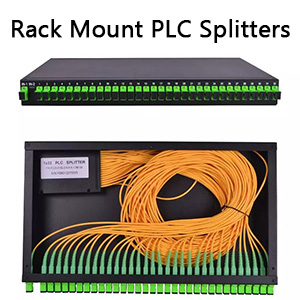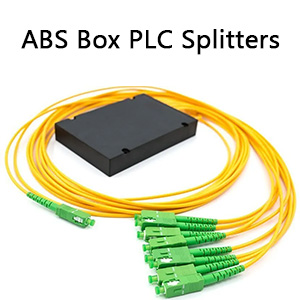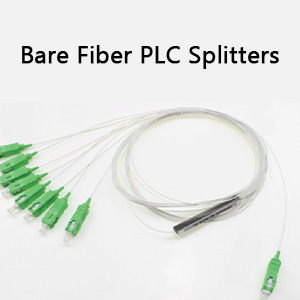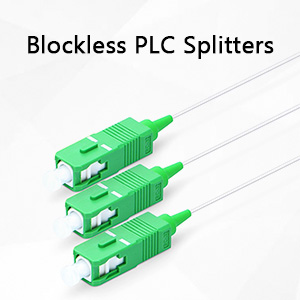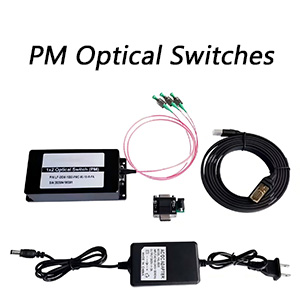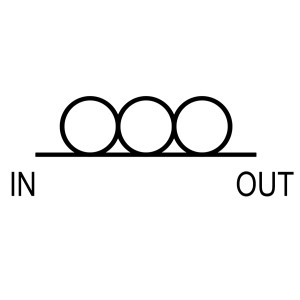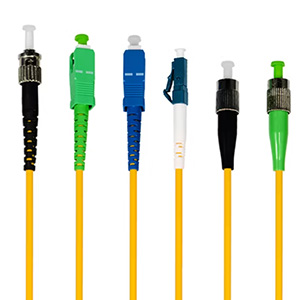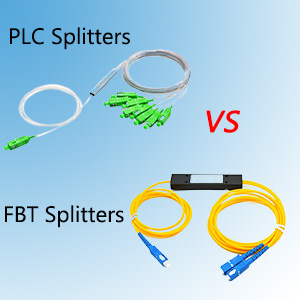In today’s high-speed optical networks, precise and efficient signal distribution is fundamental. Among the most compact yet essential components in the optical toolkit is the fiber optic splitter 1×2—a device engineered to divide one optical input into two output channels without compromising signal quality. This article explores the technological foundation, real-world use cases, and product selection strategies for 1×2 fiber optic splitters, with a focus on Filter Type Fiber Splitter options available through Fiber-Life.
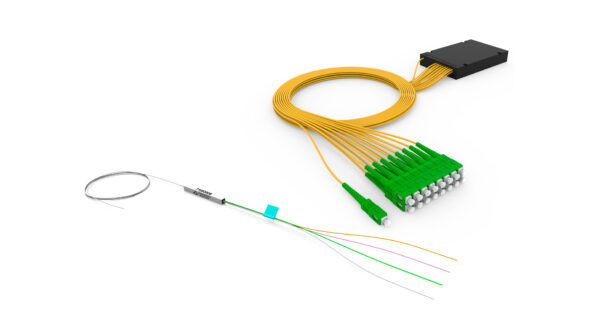
What Is a Fiber Optic Splitter 1×2?
A fiber optic splitter 1×2 is a passive optical device that takes a single input signal and divides it into two output signals. These splitters are widely used in point-to-multipoint configurations such as Fiber to the Home (FTTH), data centers, and enterprise LANs. The “1×2” configuration is ideal for low-loss signal branching where only two output channels are needed, offering a cost-effective and compact solution for localized signal distribution.
Filter Type Fiber Splitter vs. Conventional Splitters
Unlike PLC or FBT splitters, Filter Type Fiber Splitters use thin-film filter (TFF) technology to separate optical signals based on specific wavelength ranges. This wavelength-selective mechanism offers higher precision, lower insertion loss in targeted bands, and is especially beneficial in systems where multiple wavelengths (e.g., 1310nm and 1550nm) are transmitted simultaneously.
Key Technical Advantages of Filter Type Fiber Splitter 1×2:
| Parameter | Filter Type 1×2 Splitter | PLC Splitter |
|---|---|---|
| Technology Base | Thin-Film Filter | Planar Lightwave Circuit |
| Wavelength Selectivity | High (e.g., 1310/1550nm separation) | Broad-spectrum |
| Insertion Loss | Low (within operating band) | Higher across broad wavelength |
| Typical Use Case | WDM systems, CATV, PON | FTTH, LAN, Passive Optical Network |
For users seeking high-performance signal separation within narrow wavelength bands, the Filter Type model is superior.
Use Cases and Deployment Scenarios
The 1×2 filter-type fiber optic splitter is frequently deployed in scenarios requiring precise signal demultiplexing:
- WDM-based Access Networks: For splitting combined signals into specific wavelength channels.
- CATV Systems: To isolate and transmit distinct video or data streams.
- Industrial Monitoring: In distributed sensor systems that operate on different wavelength ranges.
With its compact form factor and customizable parameters, it can be embedded into splice trays, patch panels, or rack-mounted ODFs without increasing physical overhead.
Choosing the Right Filter Type Fiber Splitter
When selecting a 1×2 fiber splitter, consider these key factors:
- Operating Wavelength: Choose between 850nm, 1310nm, or 1550nm depending on system needs.
- Fiber Type: Options include both singlemode and multimode configurations.
- Split Ratio: Standard is 50:50, but custom ratios are available on request.
- Connector Type and Length: LC, SC, FC, and custom patch lengths to match deployment plans.
To explore Fiber-Life’s available models, visit the Filter Type Fiber Splitter category. Each unit is manufactured with tight optical tolerances and quality-checked for insertion loss, return loss, and environmental durability.
Final Thoughts
The fiber optic splitter 1×2 remains a strategic asset in modern optical infrastructure, especially when deployed in wavelength-sensitive applications. For users seeking greater precision and lower loss in specific bands, the Filter Type Fiber Splitter offers measurable advantages over conventional splitter designs.

